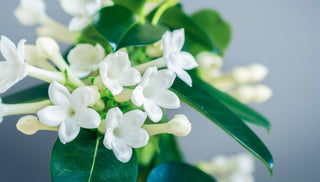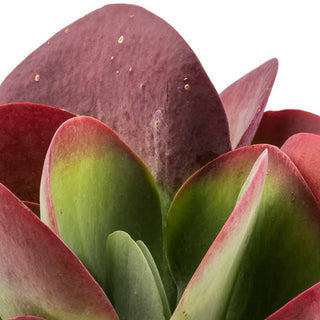☘ Origin: Caribbean, Colombia and Venezuela
☘ Family: Arum, Araceae
☘ Botanical Name: Philodendron
☘ Common Name: Lacy Tree
Symbolism: It symbolizes health and abundance. It also serves as a green muse for artists.
🍃 Shop Your Philodendron Today!
🔆 Light
Philodendrons prefer bright, indirect light. They will, however, survive in lower light and the leaves will turn a darker green. Direct sun or too much light will burn or fade the leaves.
Give your plant a turn every few days to expose all sides to light for even growth from all sides.
💧 Water
Water when the top 50%-75% of the soil is dry, and discard any water that has accumulated in the saucer.
To give your plant the absolute best, room-temperature rainwater and bottled spring water are your best options. Any water containing sugar or salt will hurt your plant!
☁️ Humidity
The Philodendron has thinner leaves than many of its relatives and requires more humidity to flourish. Mist your plant regularly especially during the drier winter months using filtered-water spray.
🌡️ Temperature
Philodendrons enjoy warm temperatures above (13°C). Keep them away from drafts and open doors, especially during the winter.
🧴️ Food
Feed once a month during spring and summer with a liquid fertilizer for indoor plants.
🐾 Toxicity
Toxic to pets and humans. Typically, ingestion will result in swelling of the lips and tongue, and stomach irritation with possible vomiting.
Prune your Philodendron with sharp scissors to control its size and shape. You can remove entire leaves be cutting them off at the base of the leaf stem. Be sure to wear gloves when pruning and wash your hands and tools when finished - you don’t want to get the sap in your eyes or mouth. Always clean dead or decaying leaves from the soil and dust it once a month to keep your plant healthy.



